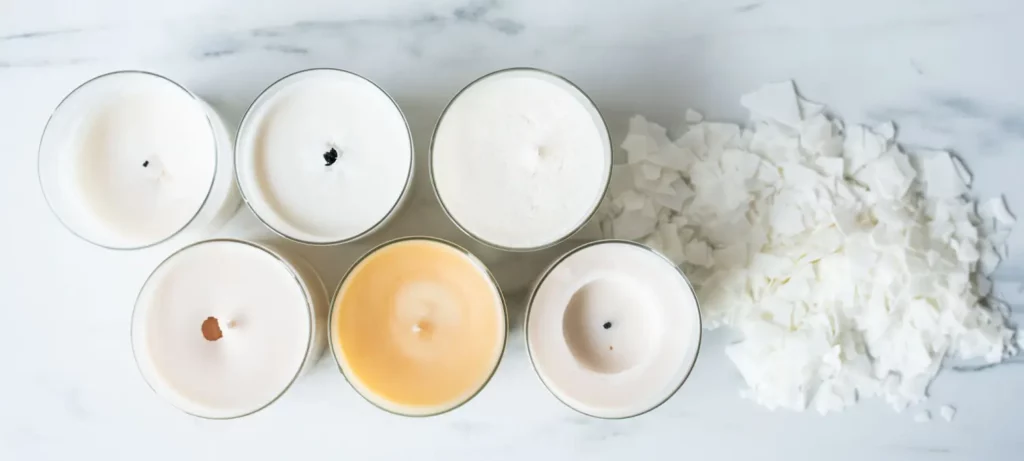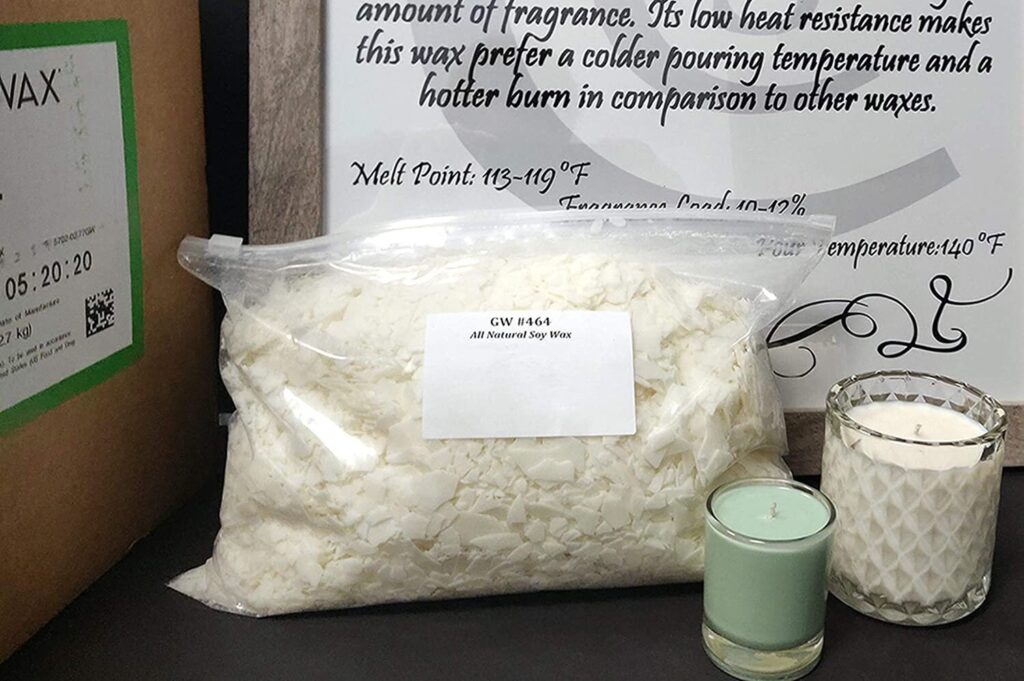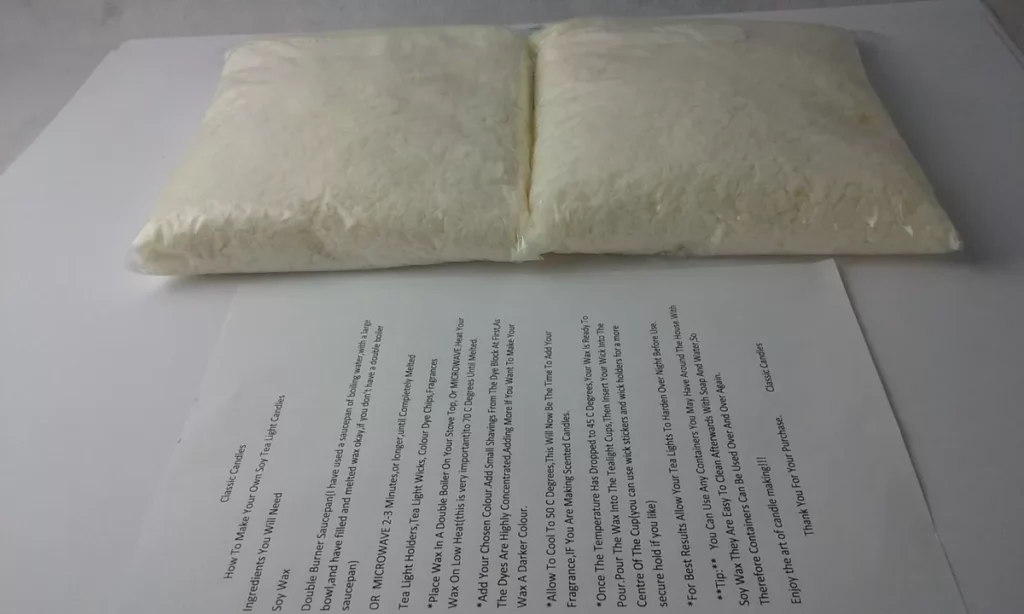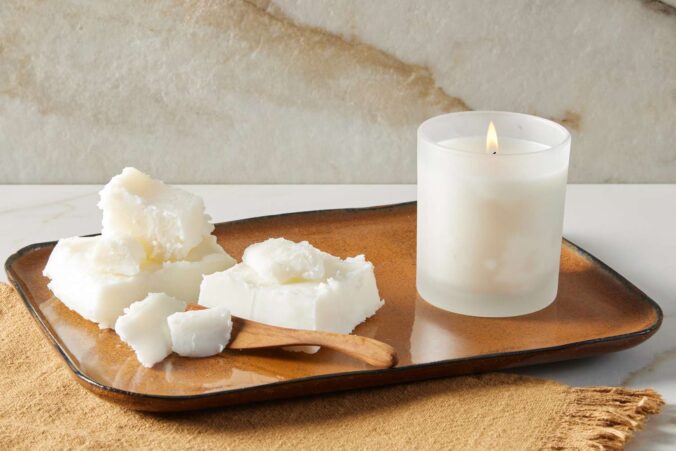GW 464 soy wax is a popular choice among candle makers due to its unique qualities and desirable results. Whether you’re a beginner or experienced in candle making, understanding the basics of GW 464 soy wax is crucial for achieving optimal results. In this article, we’ll delve into the characteristics of GW 464 soy wax, discuss its benefits, and provide a step-by-step guide to using it effectively. We’ll also address common troubleshooting issues and offer tips on maintaining your soy wax creations.
Understanding the Basics of GW 464 Soy Wax
GW 464 soy wax, a popular choice among candle makers, is a premium, natural wax derived from soybean oil. This eco-friendly GW 464 soy wax is not only renewable but also biodegradable, making it a sustainable option for environmentally conscious crafters. Its versatility and ease of use have made it a go-to wax for many artisans looking to create high-quality candles.
When it comes to the production of container candles, GW 464 soy wax stands out for its clean burn. Unlike traditional paraffin wax, soy wax does not release harmful chemicals into the air when burned, creating a healthier environment for both you and your customers. This clean-burning characteristic is especially appealing to those with sensitivities to synthetic fragrances or chemicals.

What is GW 464 Soy Wax?
GW 464 soy wax is a premium, natural wax derived from soybean oil. It is primarily used in the production of container candles. Unlike traditional paraffin wax, GW 464 soy wax is biodegradable and offers a cleaner burn.
Benefits of Using GW 464 Soy Wax
One of the major advantages of using GW 464 soy wax is its excellent scent throw. Whether you’re using essential oils or fragrance oils, GW 464 soy wax has the ability to beautifully capture and release captivating aromas when the candles are burned.
Additionally, GW 464 soy wax has a lower melting point compared to paraffin wax. This means it takes less time and energy to melt, making the candle-making process more efficient. The lower melting point also reduces the risk of overheating and potential damage to your materials.
Moreover, GW 464 soy wax is known for its smooth and creamy texture, which allows for effortless pouring and excellent adhesion to candle containers. The wax has a great hot and cold throw, ensuring consistent fragrance release throughout the candle’s lifespan.
Another benefit of GW 464 soy wax is its ability to hold a higher fragrance load, resulting in candles with a stronger scent throw. This means you can create candles that fill a room with delightful fragrances, enhancing the ambiance and creating a more inviting space. Additionally, soy wax is known for its minimal frosting, giving your candles a polished and professional appearance.
Preparing for the Waxing Process
Necessary Tools and Equipment
Before diving into the waxing process, ensure you have all the necessary tools and equipment at hand. These may include a double boiler or a melting pot, a thermometer to monitor the wax temperature, a heat-resistant spatula for stirring, a pour pot for clean pouring, and suitable candle containers.
Additionally, consider investing in a digital scale to accurately measure the wax and fragrance oils. This will help ensure consistency in your candle-making process and result in high-quality candles. Don’t forget to have wick trimmers and a wick centering device to make sure your candles burn evenly and cleanly. Having a dedicated workspace with a flat, heat-resistant surface will also make the process smoother and more organized.
Safety Precautions to Consider
Prior to working with GW 464 soy wax, it’s essential to prioritize safety. Always work in a well-ventilated area to prevent the buildup of fumes. Wear protective gloves and goggles to shield yourself from any potential splashes or burns. Keep a fire extinguisher nearby in case of emergencies. Remember, safety should never be compromised for the sake of convenience.
Furthermore, consider wearing long sleeves and pants to protect your skin from any accidental spills or splatters. It’s also a good idea to tie back long hair and remove any dangling jewelry that could pose a safety hazard. Having a first aid kit on hand with burn creams and bandages is a proactive measure in case of minor accidents during the candle-making process. Always read the safety data sheets for the materials you are working with to understand their potential hazards and proper handling procedures.

Step-by-Step Guide to Using GW 464 Soy Wax
Melting the Wax
To begin, heat your double boiler or melting pot on a stovetop over low heat. Place the desired amount of GW 464 soy wax into the melting container and allow it to gradually melt. Stir occasionally with a heat-resistant spatula to ensure even melting and prevent any scorching.
Be mindful of the wax temperature. You’ll want to maintain a temperature between 160°F and 180°F (71°C and 82°C). Exceeding this range can cause discoloration or affect the scent throw of your candles. Use a thermometer to monitor the temperature throughout the melting and pouring process.
Adding Fragrance and Color
Once the GW 464 soy wax is completely melted, carefully remove it from the heat source. Allow it to cool slightly, but not solidify. This is the perfect time to add fragrance oils and colorants.
When selecting fragrance oils, choose ones specifically formulated for soy wax. Start with a recommended ratio of 1 ounce of fragrance oil per pound of wax, adjusting according to your desired intensity. Similarly, add a suitable amount of liquid dye or dye chips to achieve your desired color.
Thoroughly stir the fragrance oils and colorants into the melted wax, ensuring they are well-dispersed and evenly incorporated. Aim for a smooth and consistent appearance throughout the mixture. Take care not to introduce excess air bubbles during the stirring process.
Pouring and Setting the Wax
Once the fragrance and colorants are fully integrated, it’s time to pour the GW 464 soy wax into your chosen candle containers. Slowly and steadily pour the wax, avoiding sudden movements or disturbances that may cause uneven pouring or splashing.
Allow the candles to cool and set undisturbed for at least 24 hours, preferably in a draft-free area. During this time, the wax will solidify and adhere to the container, forming a beautiful finished product. Avoid moving or touching the candles until they have fully set.
Now, let’s delve into the fascinating world of fragrance oils. These oils are specifically designed to enhance the scent of your candles, creating a captivating and inviting atmosphere. With a wide variety of fragrance options available, from floral and fruity to warm and woody, you can truly personalize your candles to suit any mood or occasion.
When it comes to selecting the perfect fragrance oil for your soy wax candles, it’s important to consider the scent throw. The scent throw refers to the strength and diffusion of the fragrance when the candle is burning. Some fragrance oils have a strong scent throw, filling the room with their delightful aroma, while others have a more subtle presence. Experiment with different oils and ratios to find the perfect balance that suits your preferences.
Troubleshooting Common Issues
Dealing with Uneven Surfaces
If you encounter uneven surfaces on your soy wax candles, one possible cause is rapid cooling. Ensure your candles are given enough time to cool and solidify at a consistent rate. Keep them away from cold drafts or sudden temperature changes, as these can affect the final appearance.
If you notice minor imperfections, consider using a heat gun or a hairdryer set on low to gently melt the surface and even out any irregularities. Be cautious not to overheat or damage the surrounding area.
Another factor that can contribute to uneven surfaces is the type of container used for your candles. Thicker glass or ceramic containers may retain heat differently than thinner ones, leading to variations in cooling speed and surface texture. Experiment with different container materials to achieve the desired finish for your soy wax candles.
Addressing Wax Discoloration
Wax discoloration can occur due to a variety of factors, such as exposure to sunlight or certain fragrances. To minimize discoloration, store your finished soy wax candles in a cool, dark place away from direct sunlight.
If discoloration still occurs, consider using UV inhibitor additives specifically designed for soy wax. These can help prevent color fading or yellowing over time.
In addition to storage practices, the temperature at which you melt your soy wax can also impact discoloration. Heating soy wax to high temperatures can sometimes cause it to darken or change color. Try melting your wax at lower temperatures and monitor the color to achieve a consistent and desirable hue in your candles.

Maintaining Your Soy Wax Creations
Creating soy wax products is a delightful and rewarding experience, but proper maintenance is key to ensuring their longevity and quality. In addition to storing them correctly, consider the ambiance in which they are placed. Soy wax candles, for example, should be kept away from drafts to prevent uneven burning and soot buildup. Optimal burning conditions will not only enhance the aesthetic appeal of your creations but also prolong their lifespan.
Proper Storage of Soy Wax Products
To prolong the lifespan and quality of your soy wax creations, it’s important to store them properly. Keep them in a cool, dry place away from direct sunlight and extreme temperatures. Excessive heat can cause the wax to melt or soften, while extreme cold may lead to cracking or freezing.
Consider wrapping individual candles in tissue paper or storing them in protective boxes to prevent scratches or damage. Label each candle to help you identify the fragrance, date of creation, or any specific details that may be important to you or your customers.
Furthermore, if you have a collection of soy wax melts, ensure they are stored in airtight containers to preserve their scent and prevent them from absorbing any surrounding odors. This simple step can make a significant difference in maintaining the integrity of your fragrant creations.
Cleaning and Reusing Wax Containers
One of the benefits of working with GW 464 soy wax is its easy cleanup. To reuse wax containers, simply wait for any remaining wax to solidify, then gently tap the edges or use a knife to loosen the wax from the container’s sides. Dispose of the solidified wax and clean the container with warm, soapy water. Rinse thoroughly and dry completely before reuse.
If stubborn residue remains on the container, try using rubbing alcohol or a specialized wax remover. Follow the product instructions carefully and exercise caution to avoid damaging the container’s surface.
Remember, maintaining your soy wax creations is not only about preserving their physical appearance but also about upholding the care and effort you put into crafting them. By following these simple maintenance tips, you can enjoy your soy wax products for longer periods and continue delighting in their beauty and aroma.
Conclusion
Mastering the art of using GW 464 soy wax can enhance your candle-making endeavors, enabling you to create beautifully scented and visually appealing soy candles. By understanding the basics, preparing your materials diligently, and following a well-structured process, you can achieve optimal results with GW 464 soy wax. Remember to consider safety precautions, troubleshoot common issues, and properly maintain your soy wax creations to enjoy a fulfilling and successful candle-making experience.
Related: Exploring Candle Wax Options in Australia for Artisans

Leave a Reply